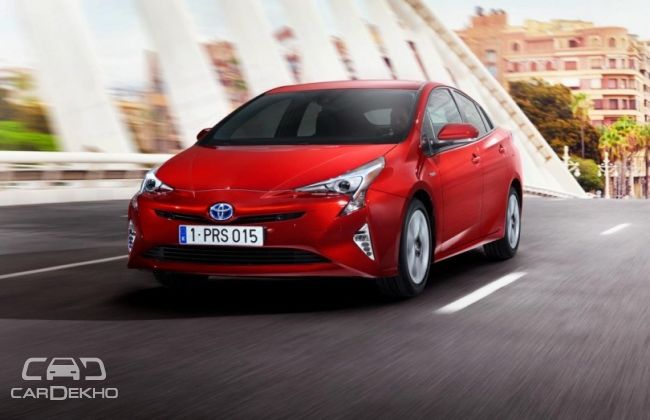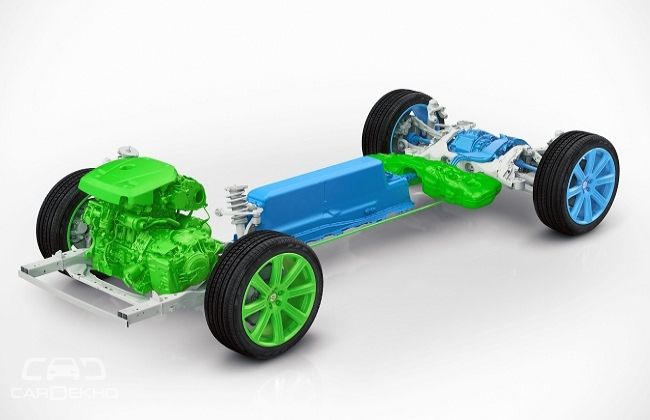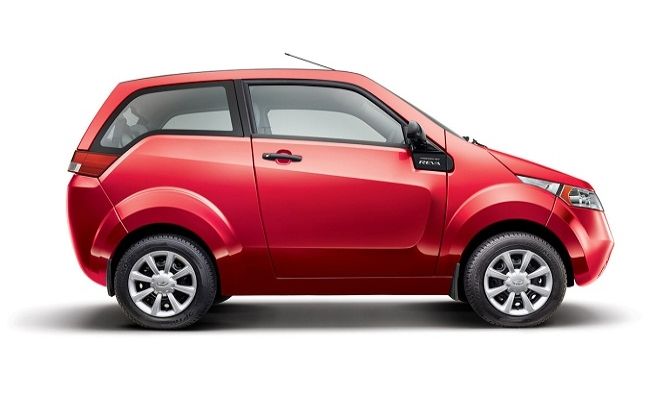Internationally, a lot of attention is being paid to promote hybrid and electric vehicles. Tesla Motors, a US-based electric car manufacturer has been receiving subsidies in the recent past for manufacturing electric vehicles. In the upcoming 2016-17 Union Budget, we expect the central government to allocate more funds and subsidies in order to promote the manufacturing of electric and hybrid vehicles in India.
Although the mission supporting electric cars and hybrids was initiated by ex-Prime Minister Manmohan Singh’s National Electric Mobility Mission Plan (NEMMP) 2020, not much ground work was visible realistically. With hopes that the government will step up NEMMP 2020, optimistic manufacturers continue developing more electric and hybrid cars for the country in a hope to see a change by doing and not saying. The results were appalling with dwindling sales in the segment and people shying away from EVs and Hybrids as expensive alternatives to less efficient diesel and CNG-fueled vehicles.

The reason for pushing EVs and hybrids is that they are based on a platform that burns minimal or no carbon fuel at all. EVs have no exhaust output at all as they run on batteries, and hybrids optimize power generation along with batteries so as to burn the least amount of fuel as cleanly as possible. This means the air that you breathe is cleaner in the cities than the one you do right now. And with the ever-increasing development and vehicle sales in the passenger market, this surely becomes the need of the hour. The current amount of particulate matter is bad enough to cause lung diseases, imagine the state of atmosphere air in the next 5 years.
To understand this one must realise how EVs and hybrids help reduce pollution by their working mechanism. In broader terms, an electric car is like your mobile phone or laptop. You charge it, use it and then recharge it again, simple. An electric car has an electric motor and a battery. Electric charge from the battery runs the motor which in turn drives the wheels. It does not cause any exhaust emission thus making it cleaner to run and you only have to plug it in the socket to recharge it. Hybrids are a bit more complicated but even more convenient.
Under the bonnet is a normal engine coupled with an electric motor and batteries. The engine charges the battery and drives the wheels, while the driving and electrical systems can be also handled by the battery. This makes hybrids efficient and cleaner to run through cities.
Why are Electric cars and Hybrids priced higher?

It is all down to the cost of the batteries. A battery running your mobile phone or laptop bears less strain than the one moving an entire car. And because the ore and processing cannot be done in India, they and related complex electronics have to be imported in from other countries thus making them expensive. But also do remember that because there is an electric motor running the car, you really do not have to consider about servicing these cars often thus saving you maintenance costs.
Supporting poor sales?
This is exactly where the government steps in. Subsidies and additional benefits will work wonders here for this particular segment. Even manufacturers like Mahindra are doing the best they can to make these cars more affordable for the general populous. Mahindra recently slashed the Rs 7 lakh price of the e2o by Rs 1.7 lakh by providing consumer rental fees for the battery.
This implied that you will be charged Rs 2,599 per month against a relative drive distance of 50,000km over a period of 5 years. However, the effort will go in vain until the people and the government realise the advantages of the effort. Mahindra has been singing praises of EVs for long now but with no attention being paid, the manufacturer will decide to stop further development on the e2o platform.

And then are the hybrid vehicle sales which have also never seen fruitful sales ever in the country. Models like the Prius and Camry Hybrid from Toyota’s stable and the recently showcased Volkswagen Passat GTE and Nissan X-Trail Hybrid are among the few hybrids one can buy in India. The reason for customers shying away from these are attributed to the extremely high price tags they carry against the much competitive and efficient diesel counterparts. Government support could bring up the sales of these models thus reducing the ever-increasing carbon footprint in the congested metropolitan cities.
What to expect from the Union Budget 2016-17?
We expect the government to set an example by including EVs and hybrid cars in its own fleet and educating the advantages for doing so. And what can also be done is extend the period of Pollution Under Control (PUC) certificate to double or more for hybrid cars as they are already very environment-friendly.
People are also concerned that how to recharge an EV once they run out of it. The government should actively set up an infrastructure for recharge points across major cities to encourage EV car buyers. Picking up collective responsibility, the Modi administration is expected to educate and support the production and development of EVs and hybrids for a better, cleaner and quieter tomorrow for the further generations to come.
Also Read: No GST for 2016-17? What could have been its implications on the Auto Sector?


